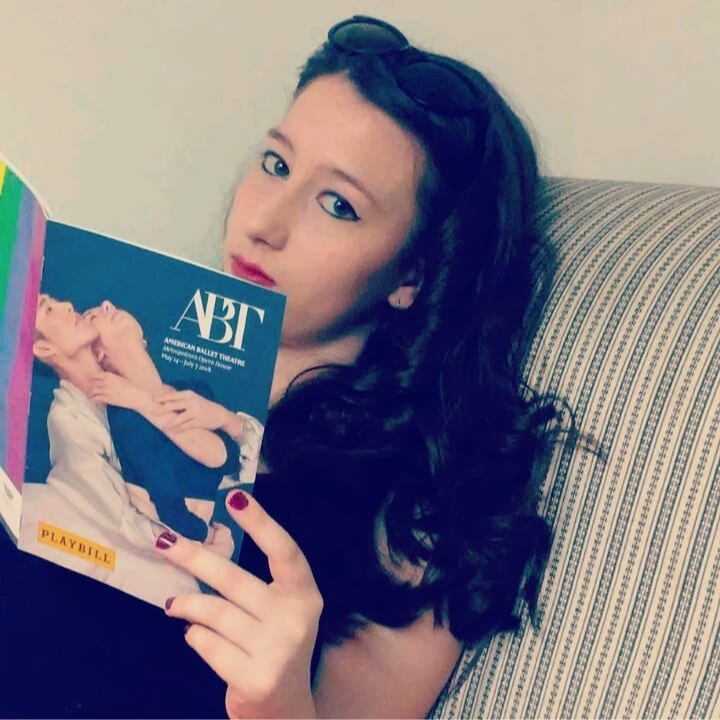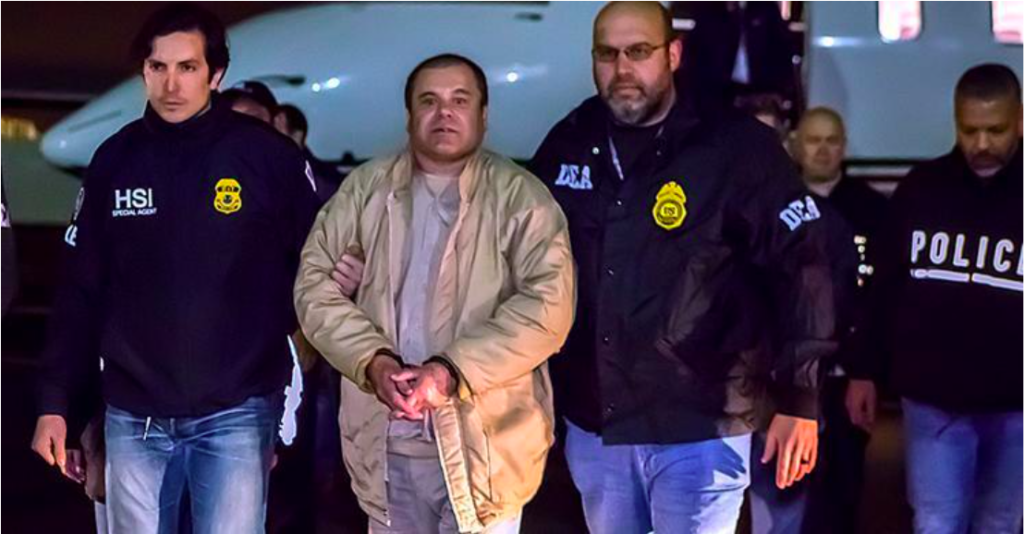By Melanie Katz, FCLC 2020
I have had three very different internships during my time at Fordham. I have worked in different fields, in different positions, in different environments, and for different bosses. My experience with internships has taught me a lot about myself, how I work best, what I do well, and what I want to do. The most important thing that I’ve learned, though, is what my work and my talents are worth.
The summer before my junior year, I decided that I wanted to stay in the city and do an internship. I applied to stay on campus, and began sending out my resume to anyone I could find. No one responded. I didn’t get a single interview after applying to more than 15 internships. So I looked into part-time jobs, determined not to return to my hometown and my old retail job for the long summer months. I found one, and it was enough to help defray the cost of living in New York all summer, but I still wanted an internship. Finally, at the end of June, I interviewed for an internship with a start-up events company. Scott, my potential new boss, promised me tons of hands-on experience, and that I would be paid a commission. Of course, I was thrilled when he offered me the position.
I realized too late that my new boss Scott was a pretty skeezy dude. A few weeks into the internship, when I had not met anyone else on “the team,” nor had I done anything but send emails directly to people’s spam folders, I began to understand that this internship was not what I had been led to believe. Looking back, I should have quit as soon as I realized I was never going to do anything more than listen to my boss lecture about business, but at the time, the thought didn’t occur to me. I had made a commitment to work through the summer. In the end, I never did anything that even remotely resembled “hands-on experience,” and I was not paid a cent. I didn’t even get school credit. When I described the internship to my friends come fall, I was surprised to find that I was angry. I eventually realized that I was angry because I had been wasted. In my interview, Scott had been impressed with my skill, education, and work ethic, but he brought me on to copy and paste content from one document to another and hit send. My time, labor, and talent had been wasted.
During my junior year, I began the application process again. I knew that I needed credit from an internship in order to graduate, so I once again sent my resume to anyone who would take it. This time, I got an interview with a company that I actually cared about. I was hired as an intern at GLAAD, a real company, with real work to be done. I was so excited. I got to work in their beautiful downtown office, helping to further their goal of fair and accurate media representation for LGBTQ+ people. I helped plan and execute the GLAAD Media Awards, the televised award show that GLAAD has been producing for 30 years. And even as an intern, I didn’t just get coffee. I attended script readings and meetings with the CEO. I greeted celebrities and was introduced to donors. I shook so many hands. My work felt meaningful, and my effort felt justified and appreciated. Though I wasn’t paid, I had a sense that I was valued because my work was valuable.
This past summer, I began the search anew. I ended up with two part-time jobs and another internship. This time, I got to work with a small theatrical producing company as an assistant. By small, I mean the company consisted of just two people. I was wary, after my first internship with a small company, but this new job seemed legit. My new bosses had impressive experience in their field, and I had to sign a contract and an NDA before they could even tell me about their projects. And once I started working, it was clear that this time, a small company meant that I would have real responsibility. I was trusted with quite a bit of work, from research and accounting to creative choices about production and marketing. I proved to my bosses and to myself that I was good at what I did.
At the end of the summer, I was paid the stipend that we had agreed on. On my last day, we discussed my plans for the future, and when I expressed a desire to find another job for the school year, my bosses offered to give me freelance work as long as I was willing to take it. They said that I was the best editor they had worked with, and they were willing to pay me to keep producing their materials. They agreed that my skills and my labor were valuable.
I know now that I am talented, and I deserve to be paid fairly and treated with respect. Of course, that’s something that I already knew was true in theory. On paper, I’m smart, well-rounded, all the things that you’re supposed to be. But it took the negative and positive experiences that I had in my internships to help me understand that in practice.





